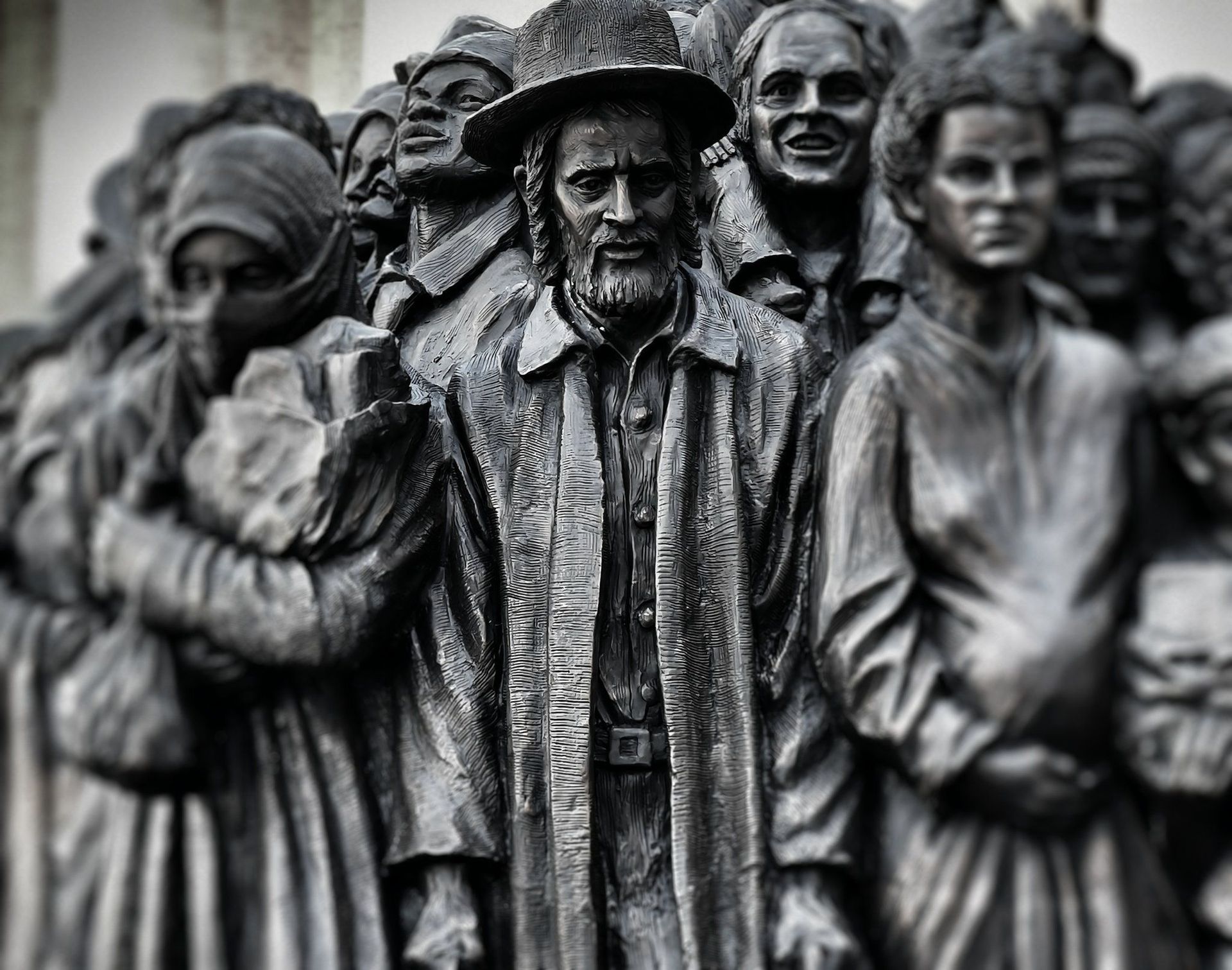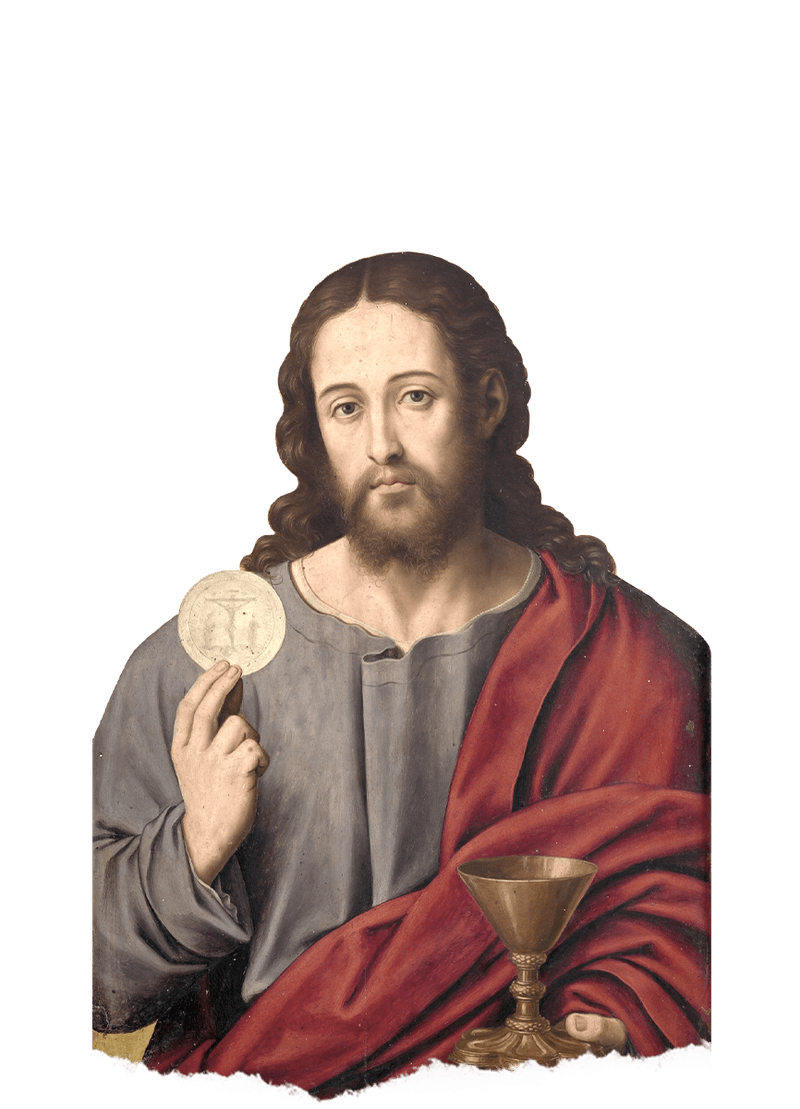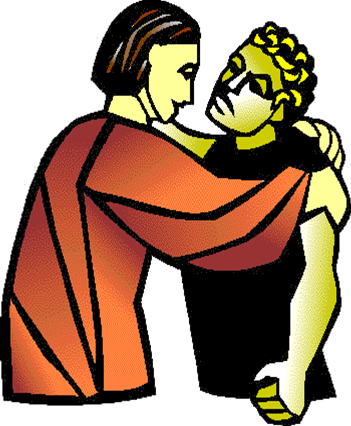Without the anguish of Good Friday, celebrating Easter could never be more special and striking. Were it not because of the terrifying scene of the passion and the cross, no one would be led to the empty tomb early before dawn and the gravitating power of the resurrection of Christ. The fact that the disciples hid behind closed and locked doors, they were still filled with grief, despair and uncertainty but when they saw the Lord, it was a totally different story and life. We cannot blame the disciples for doing so as we would have done exactly the same if we found ourselves captive in the similar hard and tragic reality. I hope that those of us who cannot get over the sadness of Good Friday and have been living on Good Friday for quite some time now (maybe, a lifetime) and unable to let go of negative experiences which have overcome our lives, now is the time to unload the burden. Good Friday is just a bump on the road. It is a short rite of passage. There is a whole new world of Easter out there. I am always reminded of the instructions of Jesus on Easter Sunday, I will see you in Galilee. I cannot take anyone there. You have to go there in your own. Let us not quarantine our faith. Because many believers have been spiritually distanced and isolated, muted and deaf from faith, the Easter message should be shared, spread and spoken a little louder.
The Second Sunday of Easter has been designated as Divine Mercy Sunday once again letting us know of the boundless mercy and forgiveness of God through the sacramental life of the church as dispenser of God’s grace. On this Sunday, we always hear and reflect on the surprising double appearance of Jesus to his fearful disciples who were caught up in the difficult circumstances of life. We are told that when the risen Lord appeared to the disciples on the evening of the first day of week, his transformed body came through locked doors, stood in their midst and said, "Peace be with you and showed them his hands and his side (Jn 20: 19-20)." Resurrection was spectacular. It was other- worldly. It has not only flattened the curve but also changed the course of human history. The appearance though was ordinary and the greeting, normal and yet so special and heartfelt giving the timid disciples hiding behind closed doors out of fear, the assurance that everything is alright. He has paid the entire debt of sin. He has overcome the dreadful death on the cross. He has conquered the enemy. Peace is a gracious, freely given gift of the risen Christ. I bet they were stunned but tearful of joy. We should never forget that Easter is defined by joy. There is no reason to be afraid. If you continue to hide, you won’t have peace. Go out into the open. The experience with the risen Lord is not meant to be quarantined. It cannot remain in isolation for any length of time. Since last year, our lives have been run and submerged by instructions and protocols. What is the latest Easter directive? It has not changed. The message is still the same, Peace be with you! The appearance of Jesus leads us all to faith. For the second time, he said, "Peace be with you. As the Father has sent me, so I send you (Jn 20: 21)." He breathed on them and continued, "Receive the Holy Spirit. Whose sins you forgive are forgiven them, and whose sins you retain are retained (Jn 20: 23)." The direct result of the resurrection of Jesus is reconciliation with fellows and with God. This was well rehearsed and carefully choreographed during lent in which there was a lot of focus on our sinful lives and the need for repentance which stressed individual responsibility. Today, Mercy Sunday is about the forgiveness of sins.
On Jesus’ first appearance, Thomas, one of the disciples was not around. We don’t know where he was. It mattered less. And so, when the disciples saw him, they told him, “We have seen the Lord” and that he came and stood in their midst and said, “Peace be with you and even showed them his hands and his side”, Thomas was incredulous. He could not believe. Even if the entire disciples told him, “We have seen the Lord”, he remained in disbelief. In fact, he said, “Unless I see the mark of the nails in his hands and put my finger into the nail marks and put my hand into his side, I will not believe.” Thomas demanded material proof before belief. He wanted physical evidence before coming to faith. Thomas represents so many of us who relentlessly seek signs and symbols of faith which was a pivotal moment in the life of the early church.
A week later, they came together again the upper room where the last supper was held. This time, Thomas was with them. The resurrected Lord Jesus again came through closed and locked doors and stood in their midst said the same words, “Peace be with you”. Then, he said to Thomas, “put your finger here ands see my hands, and bring your hand, and put it into my side, and do not be unbelieving, but believe.” Thomas replied in utter amazement, My Lord and my God! These words have been inaudibly said at the consecration when the body and blood of Christ are raised.
Although Thomas was with the twelve, Jesus appeared to him in a personal and concrete way without much explanation. This experience was a clear turning point from simply an eyewitness to spiritual faith. Thomas tried to limit faith by believing in seeing. Christianity is believing without seeing. Religion deals primarily with spiritual matters. As immaterial and invisible things are, they are the real. The coronavirus pandemic taught us how much we need God. Our yearlong recollection in forced isolation has brought us to the essential things in life, that is, to what really matters. Quite often, we claim and convince ourselves that our wants are more than our needs. If we continue to stay in this mentality, we will still remain in the pandemic of life caused not by the coronavirus but by our own doing.
Jesus’ touching words and gentle way of bringing Thomas to faith were absolutely moving. There was no use of force. Thomas was not under duress. The experience speaks volumes to so many of us who were not in the upper room and did not get the chance to see the risen Christ face to face and to touch and feel the wounds on his side. The exchange of words in this whole episode was no doubt life-changing but more than anything else, in this double appearance the glorified body of Jesus still bears the marks of the passion. It most telling then that the Easter Message can also mean embracing our scars, flaws we tend to hide, pain endured, brokenness and wounds can be powerful tools in our witness of Easter joy.
“Blessed are those who have not seen and have believed.”
PARISH BLOG



